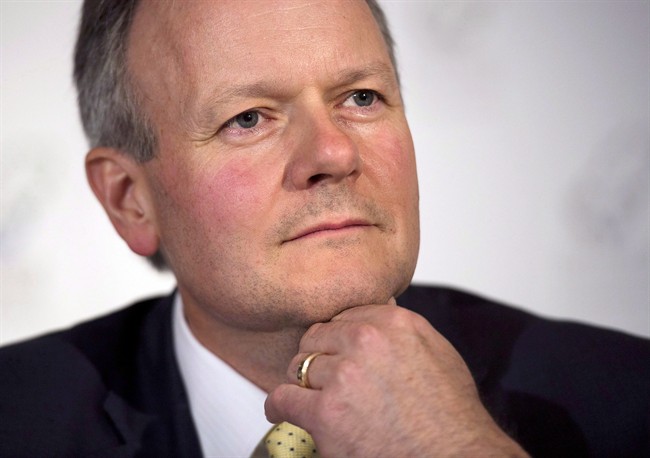Borrowers rejoice. The Bank of Canada (BoC) announced that they are keeping the target rate locked in at one per cent. Well, at least until September 4, 2013.

You may be wondering why the Bank of Canada just announced a target rate of one per cent, but somehow you are paying 6 per cent on your line of credit. How can this be?
The target rate set by the BoC is not the same as the prime interest rate. But, the BoC target rate acts as a catalyst in a chain reaction that ultimately affects you and your monthly loan payments.
The Bank of Canada target rate
The Bank of Canada’s target rate is the interest rate that the Bank of Canada charges the major banks in Canada on borrowed overnight funds.
Here’s an overly-simplified example: The BoC will lend the major banks money at one per cent. The banks pay the BoC one per cent interest on all the money they borrow from the BoC.
The major banks sell mortgages and consumer loans to consumers. If the banks only charged consumers one per cent, they simply break even. Therefore, the banks charge a rate that is higher than the target rate. This rate is called the prime interest rate.
Prime Interest Rate
- What is a halal mortgage? How interest-free home financing works in Canada
- Capital gains changes are ‘really fair,’ Freeland says, as doctors cry foul
- Budget 2024 failed to spark ‘political reboot’ for Liberals, polling suggests
- Tesla’s net income drops 55% in first quarter amid falling global sales
The major banks in Canada typically charge approximately 2 per cent above the BoC target rate. If the target rate is one per cent, the banks could set their prime interest rate at 3 per cent, profiting by the 2 per cent spread to any customer paying prime.
Traditionally, the prime rate is the rate given to preferred bank customers and is also used as a reference rate for other lending rates such as unsecured debt and most fixed and variable-rate mortgages. Some banks even offer their best customers rates below the prime rate.
Prime + Spread
You may still be wondering why you are paying 6 per cent on your unsecured line of credit when the prime interest rate is 3 per cent and the BoC target rate is only one per cent. The additional spread you are being charged above prime is the reward for the bank for taking on higher risk.
There are many factors at play here, but generally, unsecured debt is more risky for the bank to lend out than secured debt. Additionally, things like low credit score, low net worth and unpredictable cash flow, increases the risk to the bank to loan out money.
The more risk for the bank, the higher the reward they will demand for taking on that risk. The riskier you are as a borrower, the higher the spread will be above the prime rate for your loans.
Tips
- Shop around. Prime is set by each bank and can vary depending on where you apply for your loan. In addition, different banks have different appetites for risk and may be offering better deals than their competition.
- Stay in the loop. When the BoC announces an interest rate policy, even though that policy rate is not the rate you personally pay, it affects the rate you’ll end up paying. Schedule here.
- Have good credit – it’s the best way to get in the good books of the bank so they offer you their best rate.




Comments